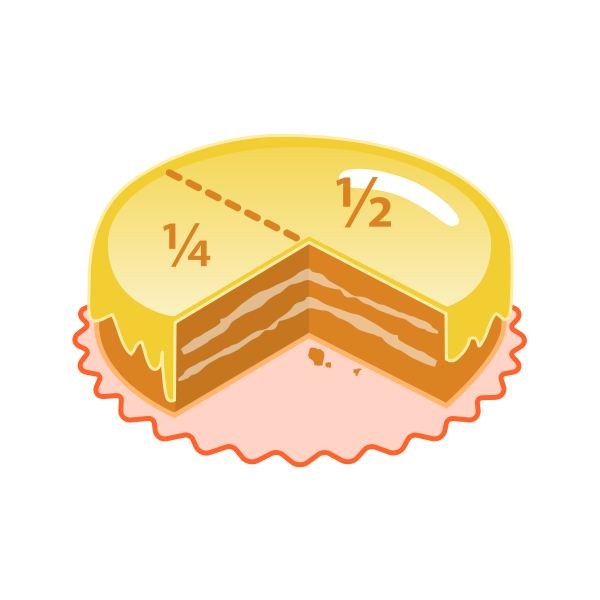You will need
- - the ability to decompose the number into Prime factors;
- - the ability to perform operations with fractions.
Instruction
1
Write down the mathematical operation for addition of fractions. Then, find their least common multiple. To do this, perform the following steps: 1. Imagine each of the denominators as a product of Prime numbers (a Prime number is a number that is divisible without a remainder only by 1 and itself, e.g. 2, 3, 5, 7, etc.).2. Group all simple dividers that are drawn by specifying their degree. 3. Select the highest degree of each of these Prime factors that occur in these numbers. 4. Multiply the prescribed degree.
2
For example, the common denominator for fractions with denominators of 15, 24 and 36 is the number that plan: 15=3•5; 24=2^3•3;36=2^3•3^2.Enter the greatest of all Prime divisors of these numbers: 2^3•3^2•5=360.
3
Divide the common denominator for each and add up the denominators of the fractions. On the number you multiply their numerators. Under the General feature of fractions write the least common numerator, which is both the lowest common denominator. In the numerator, add the numbers obtained by multiplying each numerator into the quotient of the least common of the dividend by the denominator of the fraction. The sum of all numerators divided by the least common denominator will be sought.
4
For example, to adding fractions 4/15, 7/24 and 11/36 do so. Find the least common denominator, which is 360. Then we split 360/15=24, 360/24=15, 360/36=10. The number 4, which is the numerator of the first fraction, multiply by 24 (4•24=96), number 7 15 (7•15=105), 11 10 (11•10=110). Then add up these numbers (96+105+110=301). Get the result 4/15+7/24+11/36=301/360.
